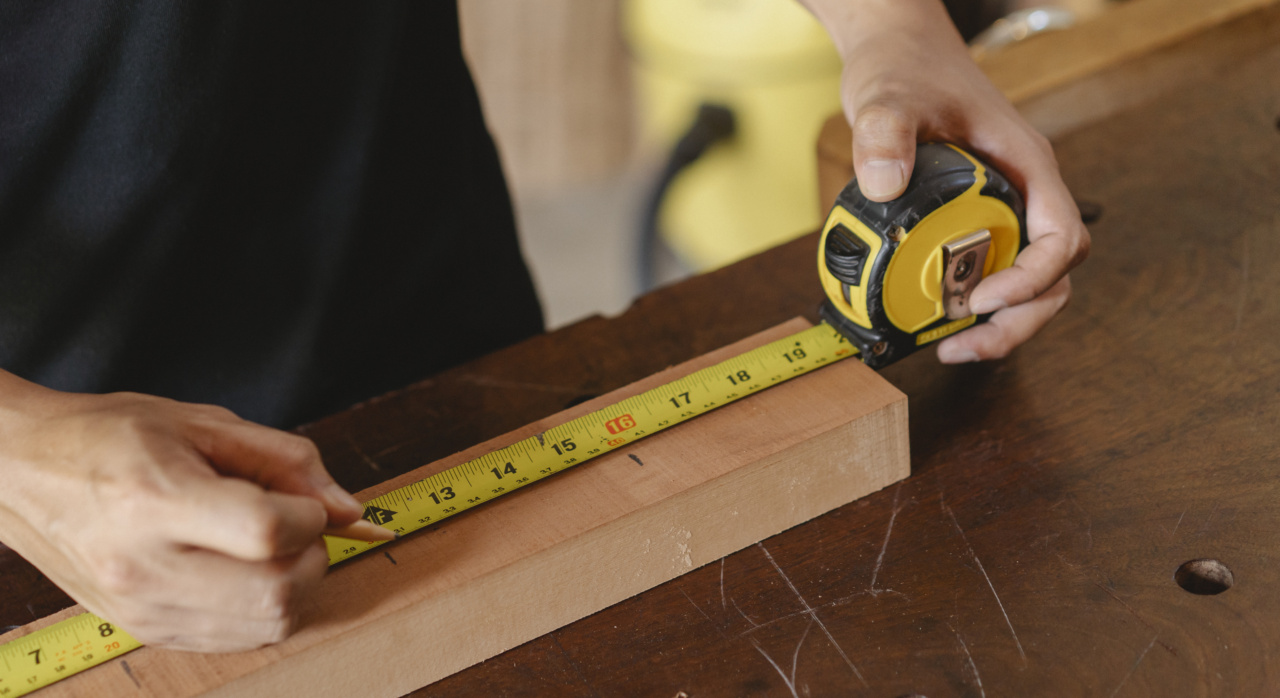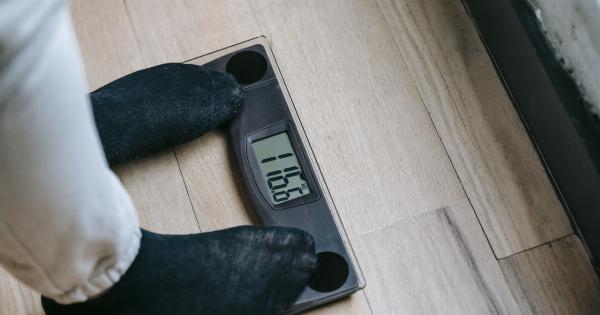Whether you are a scientist conducting experiments, an engineer building prototypes, or a business owner scaling up your production, accuracy in measurement is crucial. One small mistake in measurement can lead to a costly error in the final product.
Here are four tips for scaling made easy with accurate measurements.
Tip #1: Use a reliable measurement tool
The first step in accurate measurement is choosing the right tool. There are many measurement tools available on the market, and each has its advantages and disadvantages.
Some are more accurate than others, some are more durable, and some are easier to use. Therefore, it is important to select the right tool for the job, depending on your specific needs.
For example, if you need to measure small distances with high accuracy, a digital caliper may be the best choice. For measuring weight, a digital scale is a better choice than an analog scale.
When measuring temperatures, a thermocouple or an infrared thermometer may be required depending on the situation.
Ultimately, your choice of measurement tool could have a significant impact on the accuracy of your measurements. So, take the time to research and compare different options before making a purchase.
Tip #2: Understand the measurement units and scales
Before taking any measurements, you need to understand the units and scales of measurement. Different fields of study use different units and scales, so it’s essential to know the appropriate measurement system for your work.
Some common units of measurement include meters, kilograms, seconds, Fahrenheit, and Celsius. It’s important to note that conversions between different systems of measurement can sometimes be necessary.
So, if you’re working with global partners or clients, knowing how to convert measurements from one system to another may be critical.
Finally, scales of measurement show the level of precision of the measurement.
Scales can range from the most precise (for example, measuring a weight to the nearest hundredth of a gram) to the least precise (measuring a weight using an analog scale that only shows increments of one pound). Knowing the appropriate level of precision is necessary for accurate measurement.
Tip #3: Follow the best measurement practices
Even with the right tool and understanding the units and scales, making an error in measurement is still possible. Therefore, it’s essential to follow best measurement practices.
Some tips for accurate measurement include:.
- Ensure that the object being measured is stationary and stable
- Avoid parallax errors by aligning the measurement tool directly with the object being measured
- Take multiple measurements to verify accuracy and reduce the possibility of errors
- Record all measurements accurately and appropriately, including units and scales
By following these steps, you’ll be able to make efficient and accurate measurements every time.
Tip #4: Calibrate your measurement tools regularly
Last but not least, calibration of measurement tools should be an integral part of measurement process. Calibration is the process of adjusting and verifying the accuracy of the measurement tool.
The calibration process is necessary to ensure that the tool is functioning correctly, as over time, the accuracy of the tool can deteriorate.
The calibration process should be done regularly, especially if the tool is often used daily or subjected to wear and tear.
Failing to calibrate measurement tools regularly can cause measurement errors to accumulate and ultimately result in incorrect results.
Conclusion
Inaccurate measurements can cause production errors, incorrect decisions, and significant financial losses.
By using reliable measurement tools, understanding measurement units and scales, following best measurement practices, and calibrating measurement tools regularly, you can make scaling made easy with accurate measurements and ensure your projects and products are high-quality.






























